
Termites
What Are Termites?
Termites are small, winged insects that grow to about half an inch in length as adults. Termites live all across the United States but are most active year-round in the South. Warm year-round temperatures mean that termites can breed throughout the fall and winter. Termite species found in our area are Subterranean, Formosan, Drywood, and Desert termites.
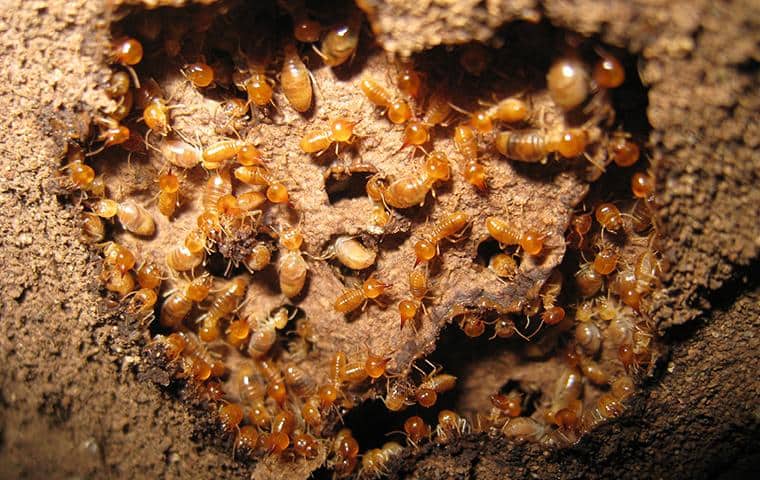
Subterranean Termites
Subterranean termites grow to a length of 1/8th of an inch. Their coloration changes as they mature. Nymphs are lighter yellow or white, and move to a brownish black color as adults. They are the most common type of termites that affects homes. Subterranean termite swarms thrive in areas with excess moisture.
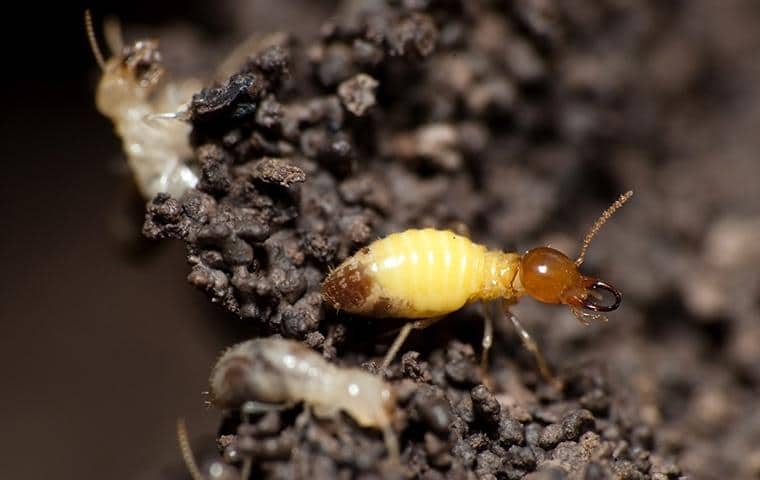
Formosan Termites
Formosan termites are invasive pests that grow to a length of half an inch. Their coloration ranges from white to brown. They are oval-shaped with long, narrow bodies. They are the second most common termites found in Texas.
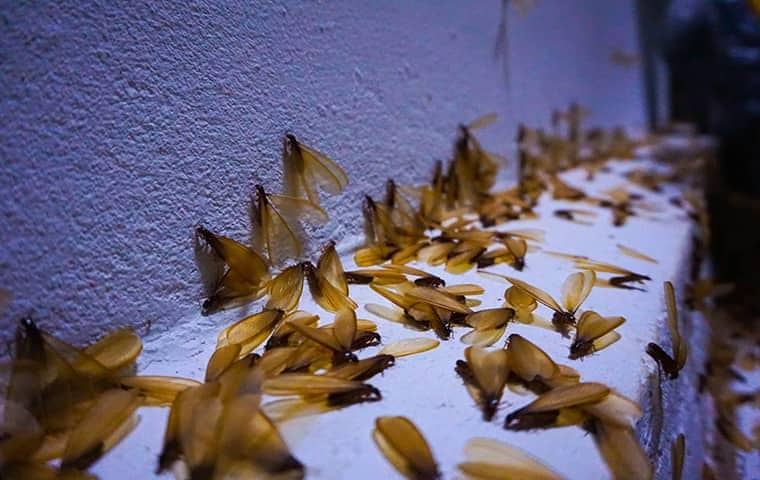
What Are the Signs of Termites?
When termites move into your home they will construct mud tubes along travel routes. You should look for these tubes and excrement on vertical surfaces, such as walls and pipes.
The next step is testing affected areas for signs of termite activity below the surface. To test for termites, knock on sections of the wall or woodwork, and listen for a change in tone. Areas that are affected by termites will sound hollow.
Finally, look for swarms at night using a bright light. Large swarms tend to stay near their nests.
How Do I Get Rid of Termites?
Termites will cause extensive structural damage to your home if left unchecked. We recommend calling a professional as soon as you suspect that you have termites. Family has more than thirty years of experience exterminating pests. We offer a liquid termite treatment that eradicates Subterranean and Formosan termites.
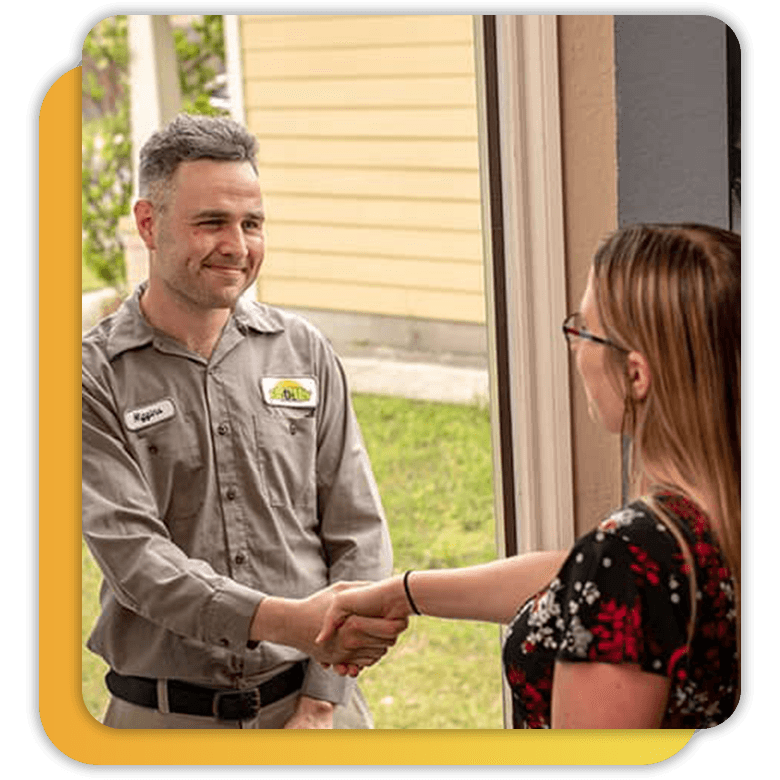

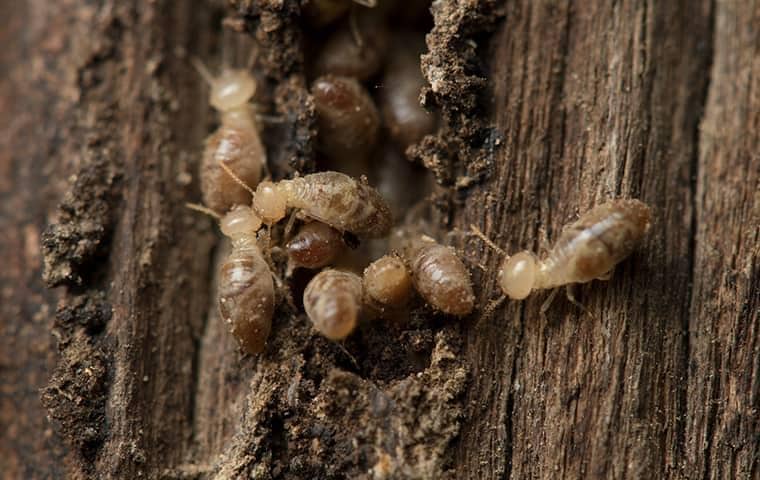
.2510080604079.jpg)
.2507160520243.jpg)